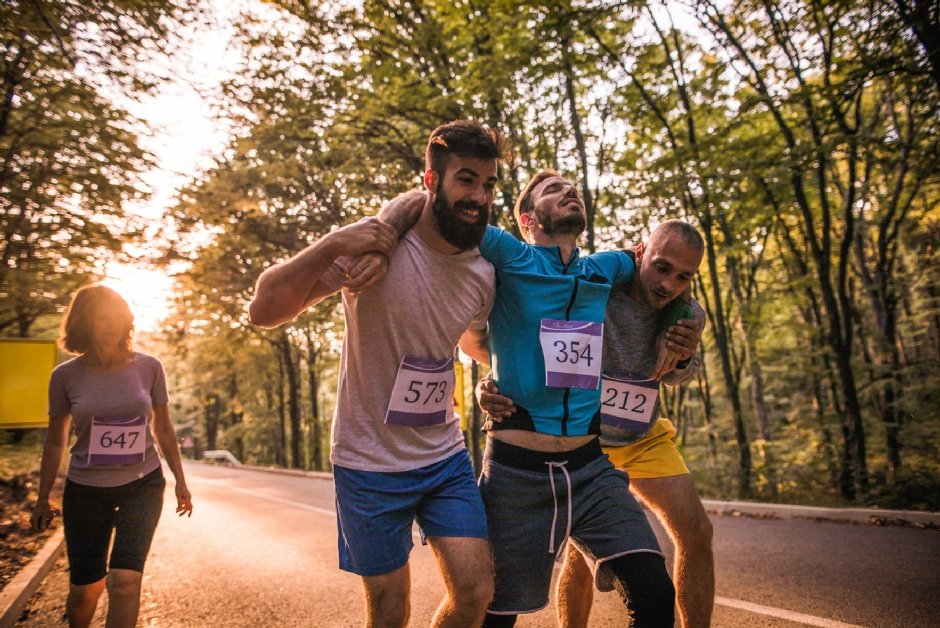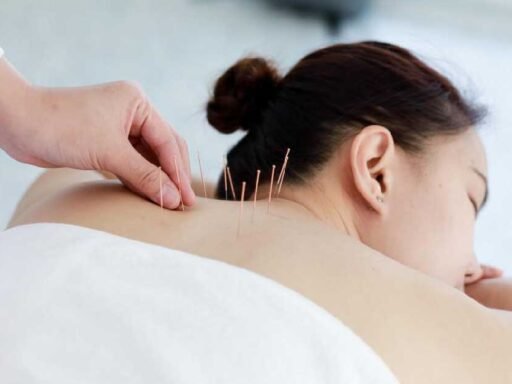In recent sports injury statistics from 2023 and 2024, there have been notable trends and figures that can provide insights into the current state of sports-related injuries:
- Overall Injury Trends: There’s been a general increase in injuries since 2020, when sports and recreational injuries had significantly decreased due to the COVID-19 pandemic. By 2022, about 3.6 million people were treated in emergency departments for injuries involving sports and recreational equipment, indicating a recovery in sports participation and, consequently, an increase in injury incidents.
- Football Injuries: The NFL reported a decrease in injuries during the 2023 season, particularly noting a significant drop in lower extremity strains and ACL tears. Concussion rates remained stable compared to previous years, with a slight increase from 213 in 2022 to 219 in 2023. This stability is likely due to enhanced safety measures and changes in rules, such as modifications to kickoff returns aimed at reducing high-impact collisions.
- Concussion Trends: There has been a noticeable decrease in sports-related concussions over the past decade. For instance, the number of concussions fell dramatically from around 94,000 in 2012 to approximately 35,000 in 2020, reflecting the impact of preventive measures and increased awareness of concussion management.
- Common Sports Injuries: Among various types of injuries, sprains are the most common, accounting for a significant portion of all sports-related injuries. This is followed by fractures, abrasions, bruises, deep cuts, and dislocations. Such injuries are primarily the result of dynamic movement, contact with other players or objects, falls, and overuse.
These statistics highlight the ongoing need for effective injury prevention strategies and the importance of safety measures in sports. They also show that while some improvements have been made, particularly in professional sports like the NFL, there is still a considerable number of injuries occurring, especially in community and youth sports settings.
Recovering from a sports injury can be a challenging process, requiring a balance of rest, rehabilitation, and careful management. The key is to approach recovery systematically, ensuring that the body heals effectively and efficiently. Here are five effective ways to speed up recovery after sustaining a sports injury.
-
Immediate First Aid (RICE Method)
The first step in treating any sports injury is often the RICE method—Rest, Ice, Compression, and Elevation. This initial approach helps reduce swelling, ease pain, and minimize tissue damage. It’s particularly effective during the first 24 to 48 hours post-injury.
- Rest: Avoid activities that cause pain, swelling, or discomfort.
- Ice: Apply ice to the injured area for 20 minutes every two hours to reduce swelling.
- Compression: Use elastic bandages to help decrease swelling.
- Elevation: Elevate the injured area above the level of your heart to help reduce swelling.
-
Professional Diagnosis and Personalized Treatment Plan
It’s crucial to consult a healthcare professional to accurately diagnose the injury and develop a personalized treatment plan. This step ensures that you understand the severity of your injury and are guided correctly through your recovery. Depending on the injury, treatment might include physical therapy, medication, or in some cases, surgery.
-
Physical Therapy and Exercise
Rehabilitative exercises and physical therapy play a critical role in recovery. These are designed to help restore strength, flexibility, and function to the injured area. According to a study published in the Journal of Sports Medicine, structured physical therapy can help athletes recover faster and return to their pre-injury condition efficiently. A physical therapist will tailor exercises to your specific needs, ensuring that the injury heals correctly and that you are not putting undue stress on it during recovery.
-
PEMF Therapy
Pulsed Electromagnetic Field (PEMF) therapy is a relatively new and innovative treatment that has shown promising results in sports injury recovery. PEMF therapy devices emit electromagnetic waves at different frequencies to stimulate and encourage the body’s natural recovery process. Research indicates that PEMF therapy can significantly reduce pain and inflammation, increase blood circulation, and enhance the repair of muscle tissues and bones. The International Journal of Applied Electromagnetics and Mechanics published findings suggesting that athletes using PEMF therapy can experience quicker recovery times and reduced symptoms post-injury.
-
Proper Nutrition and Hydration
Nutrition and hydration play a vital role in injury recovery. Eating a balanced diet rich in vitamins, minerals, and antioxidants can help repair damaged tissues. Protein is particularly important because it builds and repairs muscle tissue. Additionally, staying hydrated is essential for maintaining optimal bodily functions and aiding in the recovery process. According to a report by the Academy of Nutrition and Dietetics, athletes should focus on increasing their intake of fluids and electrolytes during recovery to enhance tissue repair and maintain muscle function.
Conclusion
Recovering from a sports injury requires patience, proper care, and adherence to a structured recovery plan. Utilizing the RICE method immediately after injury, seeking professional diagnosis, engaging in tailored physical therapy, exploring innovative treatments like PEMF, and focusing on nutrition and hydration are all crucial steps in the recovery process. By following these strategies, athletes can look forward to a safer and swifter return to their sporting activities.
This article serves as a general guide and should not replace professional medical advice. For specific treatment and recovery plans, consulting with a healthcare provider is recommended. For more information on recovery techniques and therapies, trusted resources like the Journal of Sports Medicine and the Academy of Nutrition and Dietetics provide extensive research and guidance.





